Chris Dodkin
West Coast Correspondent
Yep, that's right, Fuji have come up with an add-on lens for the fixed lens X100, which makes it into a 28mm (eqiv) wide angle. The new WCL-X100.

This is an add on lens, that Fuji claim retains all of the image quality and bokeh of the original lens, yet gives you that wider field of view.
Looks like it's available in original silver, and also black.

And has it's own lens hood (hope it's included in the price!)

Fuji have also updated the camera firmware to include a new 'Wide Conversion Lens' mode.
This changes the frame lines in the viewfinder


Original on the left - new WIDE mode on the right
IQ looks good as you'd expect from Fuji

More information here: "Astonishing image quality" that is unprecedented for a wide conversion lens | FUJIFILM X Accessories
Price is said to be £250 UK

This is an add on lens, that Fuji claim retains all of the image quality and bokeh of the original lens, yet gives you that wider field of view.
WCL-X100 is a wide conversion lens specifically designed for the X100 to offer the field of view equivalent to a 28mm lens on a 35mm film camera, without compromising premium image quality, operability or design.
The WCL-X100 has been engineered to ensure the X100’s supreme optical quality remains intact. Created by the same experts who designed the X100’s lens, the WCL-X100 delivers comparable image quality even at f/2 wide aperture setting, retaining all the original optical characteristics, including the attractive bokeh effect.
Looks like it's available in original silver, and also black.

And has it's own lens hood (hope it's included in the price!)

Fuji have also updated the camera firmware to include a new 'Wide Conversion Lens' mode.
How to turn on the Wide Conversion Lens Mode
Go to [SHOOTING MENU] > [WIDE CONVERSION LENS] and turn it ON to obtain optimum settings for WCL-X100. Turning the Wide Conversion Lens mode ON is a key operation as it not only optimizes shooting settings but also adjusts the frame shown in the Hybrid Viewfinder, as explained later. When using WCL-X100, make sure to upgrade the firmware to Ver.1.30 or later.
This changes the frame lines in the viewfinder


Original on the left - new WIDE mode on the right
IQ looks good as you'd expect from Fuji

More information here: "Astonishing image quality" that is unprecedented for a wide conversion lens | FUJIFILM X Accessories
Price is said to be £250 UK
